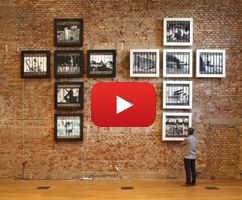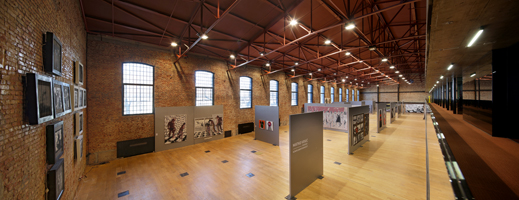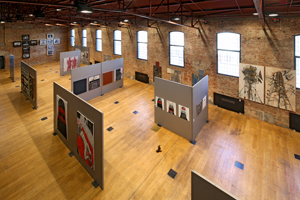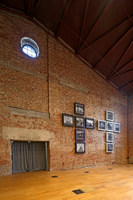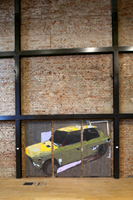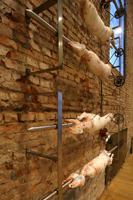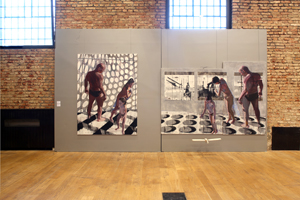WORK
LAUBA, 2019.
On the occasion of the retrospective exhibition „Doubts and complements“,
interviewer Nevenka Šarčević
Your work up to this point has been characterized by the establishment of visual relations with diverse phenomena of human existence, including civilisational and socio-psychological ones (East-West relations, Orienta(lisa)tion, The Mask of God’s Image, the dynamics of the perception of symbols and ornaments). Do you consider creation, or art in general, a way to meaningfully demystify existing constructs that we inherit or absorb through living?
Art can definitely contribute. Regarding demystification, or a possible deconstruction of the inherited mental constructs, art has always done it indirectly. It has subtly opened many eyes and it remains better if it does so less explicitly, as if in passing. Then, I believe, it is far more efficient. (That is, if we even have the right to ask this from art. Isn't it enough that we turn to it for a kind of comfort? It's no secret that artistic expression has helped many cope with existential conditions that were not easy to accept by not being self-evident, that is, by not belonging to the perceptible realm.) If we define artistic expression in general as a widening of the field of understanding, it follows that such widening would lead to tectonic disturbances. And so on the ruins of the old paradigm a new one rises, a new concept, a new construction.
Throughout your work, you explored painting surfaces and materials in different ways, and have even produced a number of three-dimensional, mobile objects. Would you say that your inner motivation and your subject determine your medium of expression? The execution, too?
„The medium is the message“, to quote the already worn McLuhan's phrase. My former reaching for the "rotating" medium (aluminum rotary prism-panels) had a significant impact on the form of, for example, "The Cruelty of the Circle", my work set in the circular space at HDLU's Bačva Gallery. They told the story, among others, of the impossibility of escaping the burdensome past, and did so through cuts swapping and mixing emblematic images, apparitions and commercials... spinning in a closed circle. Here at Lauba, I presented the same work completely differently, in the form of two unfolded cubes, under the title of "Black and White Cube." They are exhibited on the front brick wall with a rosette right under the ceiling, slightly evoking an early Christian basilica. By using this medium, normally reserved for advertising on street squares and avenues, I gained the elements of movement, sound and corporeality... effects of chaos, confusion, and so on.
In a way, then, the character of a work itself seems to "attract characteristic relations" in space and context.
Yes, I agree...
Speaking of the relation between the beautiful and the ugly, or rather the truth in contemporary visual arts, would you say that the "Aesthetic of Ugliness" present in art is really a response to the daily "Terror of Beauty?"
In the context of the contemporary Terror of Beauty, it’s interesting to recall a sentence from Lao Tse's Tao Te Ching, written more than two and a half thousand years ago, which, approximately, goes: „Because everyone under the heavens points at beauty, the ugly must arise.“
I have always wandered between aestheticism and a fundamental doubt in every single established ideal of beauty, beauty in any key. Like the artists of the so-called Historical Avant-Garde, I'd be prepared to agree that the cult of beauty is a misguided assumption. At the same time, stressing the socio-political role of art above all else is equally foreign to me. These have always been my doubts and complements, the aesthetic tradition and its simultaneous denial.
So it is with the artistic truth and the truth in general, I'd say. I'm reminded of the story of the elephant in the dark. People, who never say an elephant in daylight, enter a dark room and feel in the dark... Someone touches the elephant's trunk, another a leg, an ear, a tusk or the tail. Later, when they try to describe the elephant, their impression of the animal turn out to be quite different.
